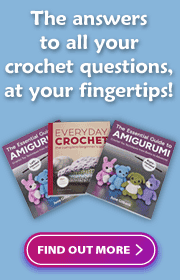
I’m back from visiting my family! It was lovely to see them, but, wanting to make the most of my rare time with my parents, sister, and brother-in-law, I didn’t slow down when I got first a sore throat and then a cold, and as a result I’ve ended up with full-blown bronchitis (not much […]






















